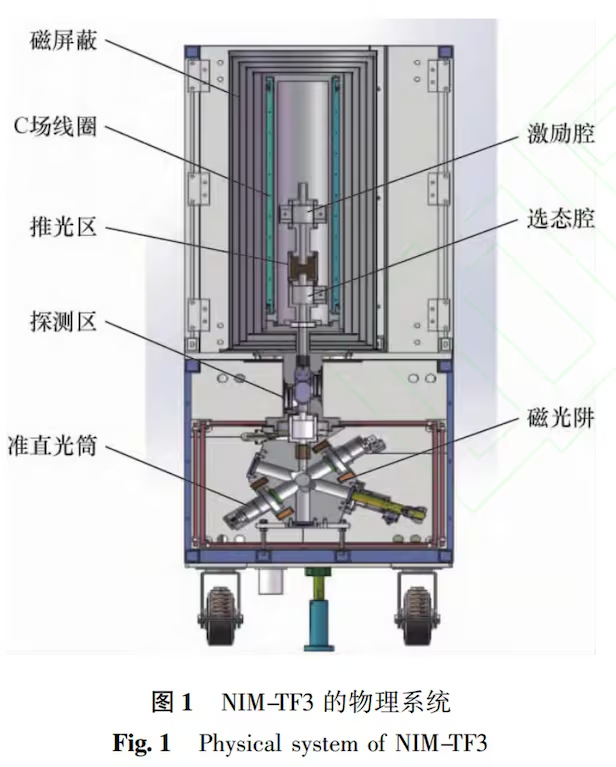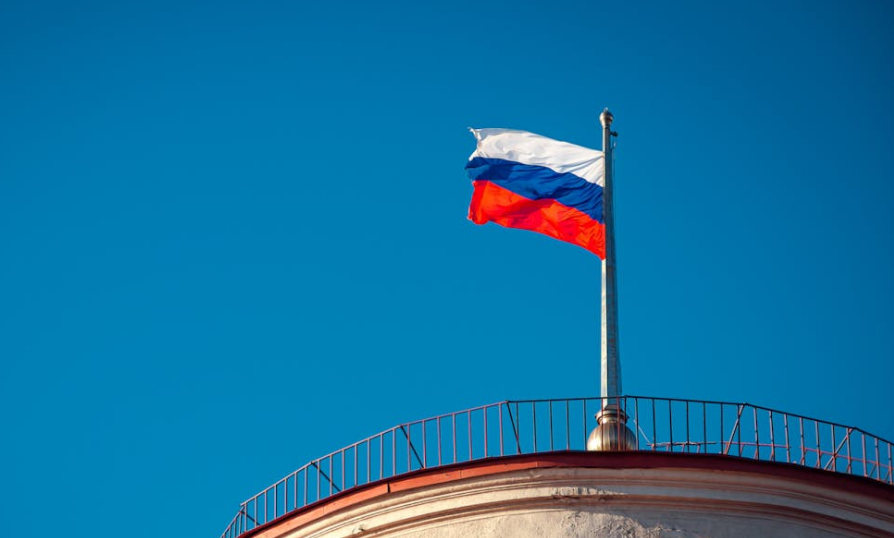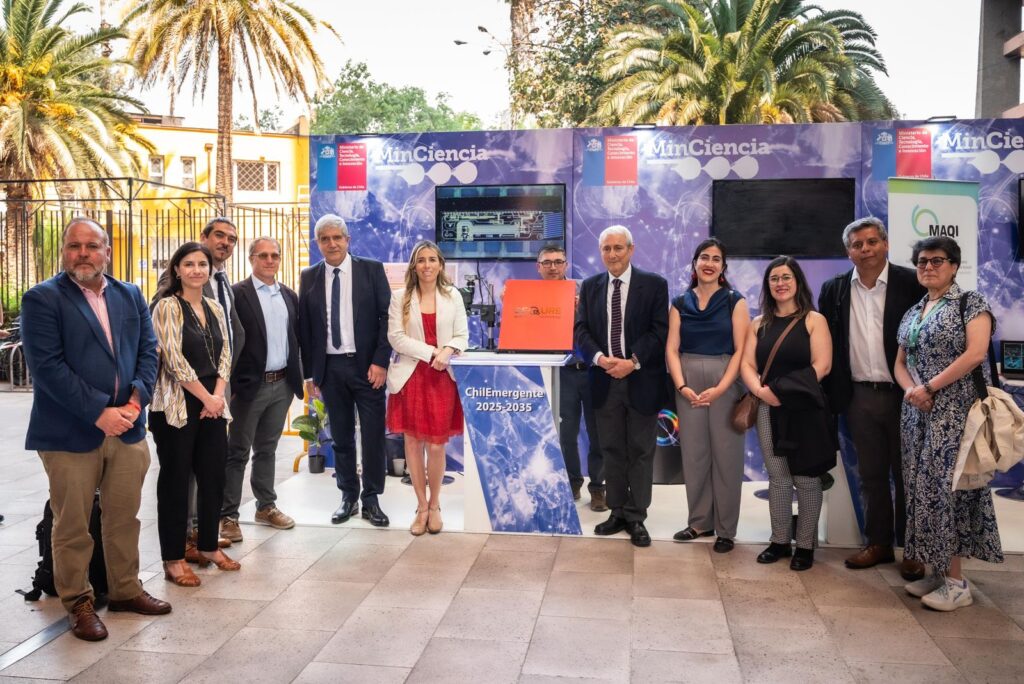Insider Brief
- China has developed a portable atomic clock, the NIM-TF3, which could transform military operations and challenge U.S. dominance in precision timekeeping.
- The NIM-TF3 is designed for robustness and mobility, maintaining sub-picosecond accuracy even during transport, as reported by Chosun Biz.
- This advance, alongside China’s Beidou satellite and time synchronization innovations, underscores the growing geopolitical stakes in timekeeping technology.
China’s development of a compact atomic clock, small enough to be mounted on a truck, signals a significant leap in timekeeping technology with potential implications for military operations and global positioning systems (GPS). The announcement underscores intensifying competition among global powers to secure dominance in precision time technology, as reported by Chosun Biz.
Atomic clocks are the backbone of GPS and other global navigation satellite systems (GNSS), including Russia’s GLONASS, Europe’s Galileo, and China’s Beidou. These clocks provide precise time measurements by counting the vibrations of cesium atoms, enabling the calculation of distances and positions based on signal travel time. The accuracy of atomic clocks directly impacts the performance of navigation, radar, and missile guidance systems.
Historically, atomic clocks have been housed in specialized facilities to shield them from environmental factors that can disrupt their precision. However, China’s new cesium atomic clock, developed by the Chinese Academy of Metrology and the China National Institute of Metrology, has moved away from this model. Measuring just 1.5 meters tall, it is portable and robust enough to operate after being transported over rough terrain, maintaining precision within less than one picosecond, Chosun Biz is reporting.


A Compact Clock for Military Applications
Unveiled recently, the NIM-TF3 clock is designed to withstand vibrations and magnetic interference, making it ideal for military use. Its portability allows it to be mounted on trucks, enhancing its operational versatility. The clock employs a fountain-like mechanism where lasers cool cesium atoms before projecting them upward. The atoms emit light as they fall, and these flashes are counted to produce accurate time measurements.
China’s advances are part of a broader race to dominate timekeeping technology, a critical asset for modern warfare, reports the online business media platform of Chosun Media. Accurate timekeeping is essential for operating radars capable of detecting stealth aircraft and coordinating missile systems. As military strategies increasingly rely on precise synchronization, innovations like the NIM-TF3 could redefine battlefield capabilities.
Overcoming Challenges in Atomic Clock Design
Developing a portable atomic clock presented numerous challenges for the researchers, including vulnerability to external vibrations and energy inefficiency, according to Chosun Biz. The Chinese researchers addressed these issues by redesigning the ion pump and rewriting the clock’s operating software in assembly language, a low-level programming language known for its efficiency. These changes reduced the clock’s size and enhanced its stability.
Atomic clocks are complex and expensive, requiring meticulous maintenance. Yet, the business news service reports the NIM-TF3’s design minimizes these requirements, enabling autonomous operation over extended periods. According to the research team, the clock’s durability and ease of use make it a promising tool for a range of demanding applications.
Competing with the United States
The introduction of the NIM-TF3 reflects the growing importance of precision timekeeping in global geopolitics. As tensions between China and the United States escalate, technological advances in atomic clocks could have far-reaching consequences. In fact, the tension isn’t just about really accurate, fancy clocks. Enhanced timekeeping capabilities could improve missile guidance systems, secure communications and cyber operations.
“The new atomic clock requires minimal maintenance and supervision while operating autonomously for extended periods,” the researchers report, according to Chosun Biz, adding that it is “ideal for military applications.”
The United States currently holds the world’s most accurate atomic clocks, used in its GPS system and other defense applications. However, China is rapidly closing the gap, according to Chosun Biz. Reports suggest that the atomic clocks used in China’s Beidou satellites may already surpass the precision of those in the U.S. GPS network. The Chosun Biz further notes that the China’s Tianhe-2 space station hosts a hydrogen atomic clock that has set records for accuracy in space.
China has also made strides in time synchronization. Last year, the business outlet reports China launched the world’s longest and most precise time synchronization optical fiber network.
These developments underscore China’s ambition to reduce reliance on U.S.-led systems and establish technological independence.
Chosun Biz writes that the clock — figuratively, not atomically — may be ticking on U.S. dominance in atomic clock technology, adding: “In the scientific community, there are predictions that if this trend continues, China could catch up to the United States within a few years. This implies that the People’s Liberation Army (PLA) could surpass the U.S. in fields such as electronic warfare, laser weapons and unmanned technology.”
The U.S. Response
However, the United States is countering advances in timekeeping with its own cutting-edge developments. Researchers from the U.S. National Institute of Standards and Technology (NIST) and the University of Colorado Boulder are working on a “nuclear clock” that uses the rare isotope thorium-229, NIST reported last year. Unlike atomic clocks, which rely on electronic transitions, nuclear clocks utilize transitions within atomic nuclei, making them less susceptible to external forces. This innovation could one day achieve precision so high that it would not lose a second in billions of years.
“Imagine a wristwatch that wouldn’t lose a second even if you left it running for billions of years,” said NIST and Joint Institute for Laboratory Astrophysics (JILA) physicist Jun Ye, in a news release. “While we’re not quite there yet, this research brings us closer to that level of precision.”
The NIST and University of Colorado-led team of researchers also reduced radioactivity by employing thorium tetrafluoride (ThF4) thin films, cutting costs significantly. Scientists anticipate that nuclear clocks will surpass atomic clocks in accuracy within two to three years.
Meanwhile, the U.S. Department of Defense is advancing projects to enhance national infrastructure. The Defense Advanced Research Projects Agency (DARPA) is developing a chip-scale atomic clock (CSAC) that is compact yet 1,000 times more efficient than current models, according to a DARPA release.
These initiatives suggest not only the strategic importance of precision timekeeping for defense, banking and energy systems, but that, as China’s technology advances, the U.S. capabilities are not standing still either.

















